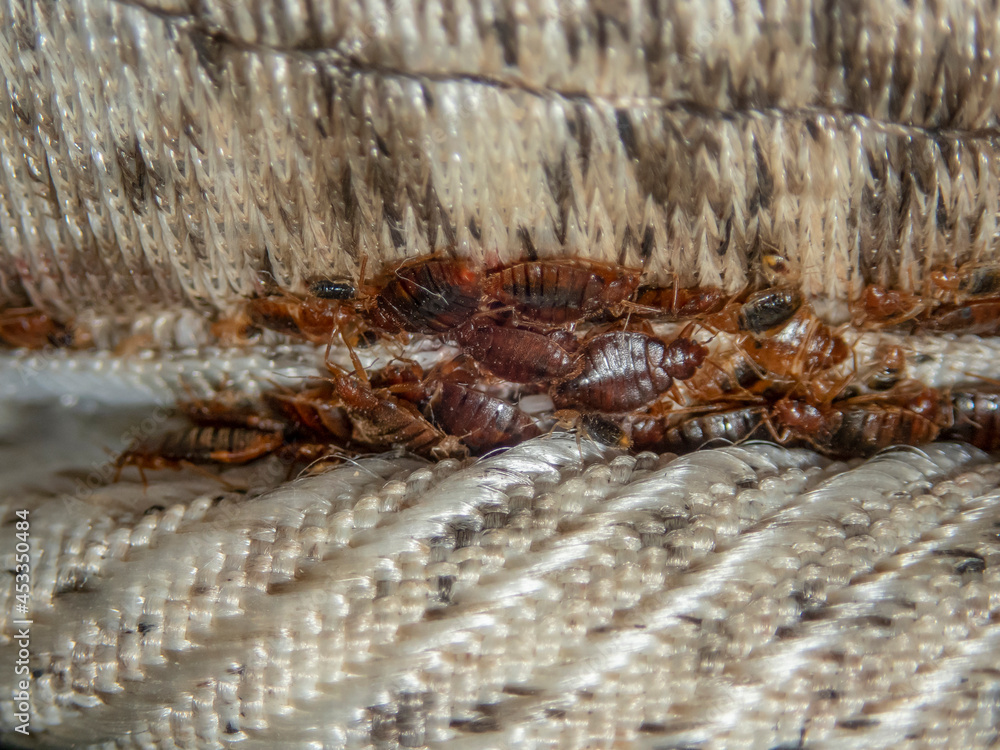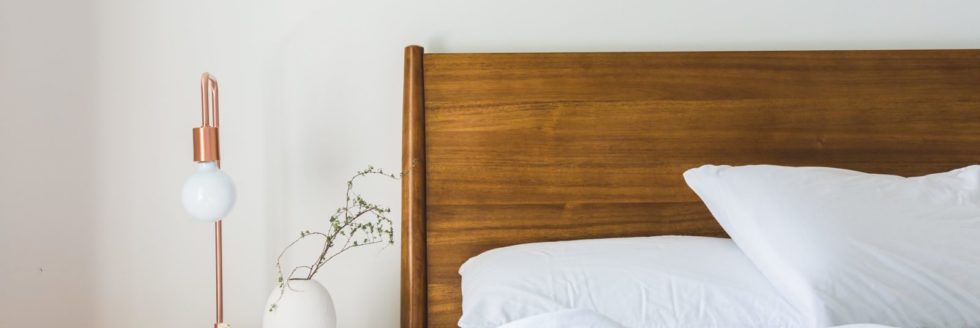How to Search for Bed Bugs

Detecting bed bugs early will help you get rid of the pests before serious complications arise. Treating a widespread bed bug infestation is costly and may take several weeks to months to fully eradicate the pests from your home. If you suspect bed bugs in your home, search for signs of the pests with the following tips.
Bed Bug Early Detection
Bed bugs are not always easy to identify. Adult bed bugs have flat bodies and are reddish brown in color—very similar in appearance to carpet beetles and often mistaken for the critters. Furthermore, bite marks on the body from bed bug feedings are not always a good indicator since a number of pests are known to bite including mosquitoes. The bite marks may also look the same as common rashes like eczema. To confirm the presence of bed bugs, you should instead look for physical signs of the pests.
When searching for bed bugs, check common hiding spots within the bedrooms of your residence. Bed bugs can infest other areas of the home, but bedrooms are the most common sites. As you canvass each area, use a flashlight for improved visibility. Use a scraper or ruler to push aside seams and folds to investigate areas where bed bugs could hide undetected. When searching for bed bugs, look for them in the following areas:
- Mattresses
- Box springs
- Bed frames
- Headboards
- Footboards
- Cushions
- Chairs
- Couches
- Wall hangings
- Wallpaper
- Drawer joints
- Wall outlets
- Floor, window and door molding
- Carpets
For any furniture, pay close attention to the seams and tags since bed bugs may cluster in these spots. Bed bugs are very thin and elongated—approximately 1 mm wide and 8 mm long. Since they only measure about the width of a credit card, they are able to get into the smallest of crevices. In the majority of cases, bed bugs will reside in a warm, dark spot within five to seven feet of where humans sleep. However, bed bugs have been known to travel up to 20 feet to feed on their hosts. Bed bugs primarily feed on human blood at night and stay hidden during daylight hours. Feedings are required every 14 days for bed bugs to survive. If bed bugs are ravenous, they will attempt to feed during the day.
When you are searching common areas for bed bug sightings, you may not always come across the live pests. However, bed bugs will leave behind evidence of their presence in the home. Here are the most common physical signs left by bed bugs on mattresses and linens:
- Red stains: Rust-colored markings on the mattress are caused by bed bugs being crushed by the weight of those sleeping on the bed.
- Dark circular spots: Very small black dots on any bedding could indicate bed bug excrement.
- Yellow casings: As young bed bugs reach adulthood, they shed their yellow exoskeletons.
- Translucent clusters: Bed bugs lay milky-white eggs with a grain-like shape. Females lay between one and five eggs daily with a total of 500 eggs in their lifetimes.
Check bedding regularly for bed bugs while you are cleaning. Retailers also sell detection devices for bed bugs. A trap is placed under your mattress and is designed to capture bed bugs inside. Check the trap regularly to determine if any bed bugs are lurking in your bed.
Bed Bugs at Hotels
Bed bugs are a well-known problem at hotels. With the high turnover rate of guests, bed bugs can easily be transported into guestrooms. Before you unpack in your hotel room, complete the following steps to search for bed bugs.
- Keep suitcases away from the bed or any furniture. Place the suitcase on luggage rack or in the hotel bathroom while you investigate the room.
- Look for physical signs of bed bugs on all linens, the mattress, and the box spring. A flashlight and magnifying glass could be useful as you search all areas. Check for blood, excrement, eggs, and live bugs.
- Search the furniture for any bed bugs. Pay close attention to upholstered furniture pieces. Lift up cushions and check all couch pillows too.
- Alert staff to request a new room if you suspect bed bugs. Since bed bugs can travel, don’t relocate to an adjacent room.
If you don’t suspect bed bugs at your hotel, you should still stay vigilant. After unpacking, seal your suitcase inside a large trash bag. Once you return home, wash all clothing items in hot water and dry on high heat before putting them away in closets and drawers.
Carolina Pest Management recommends not attempting to get rid of bed bugs with DIY methods. Bed bugs are notoriously difficult to exterminate with many over-the-counter pest sprays proving to be ineffective. Carolina Pest Management uses green treatment methods that are proven to permanently remove bed bugs from a residence. Contact us today to learn more about our safe and effective pest control services.


